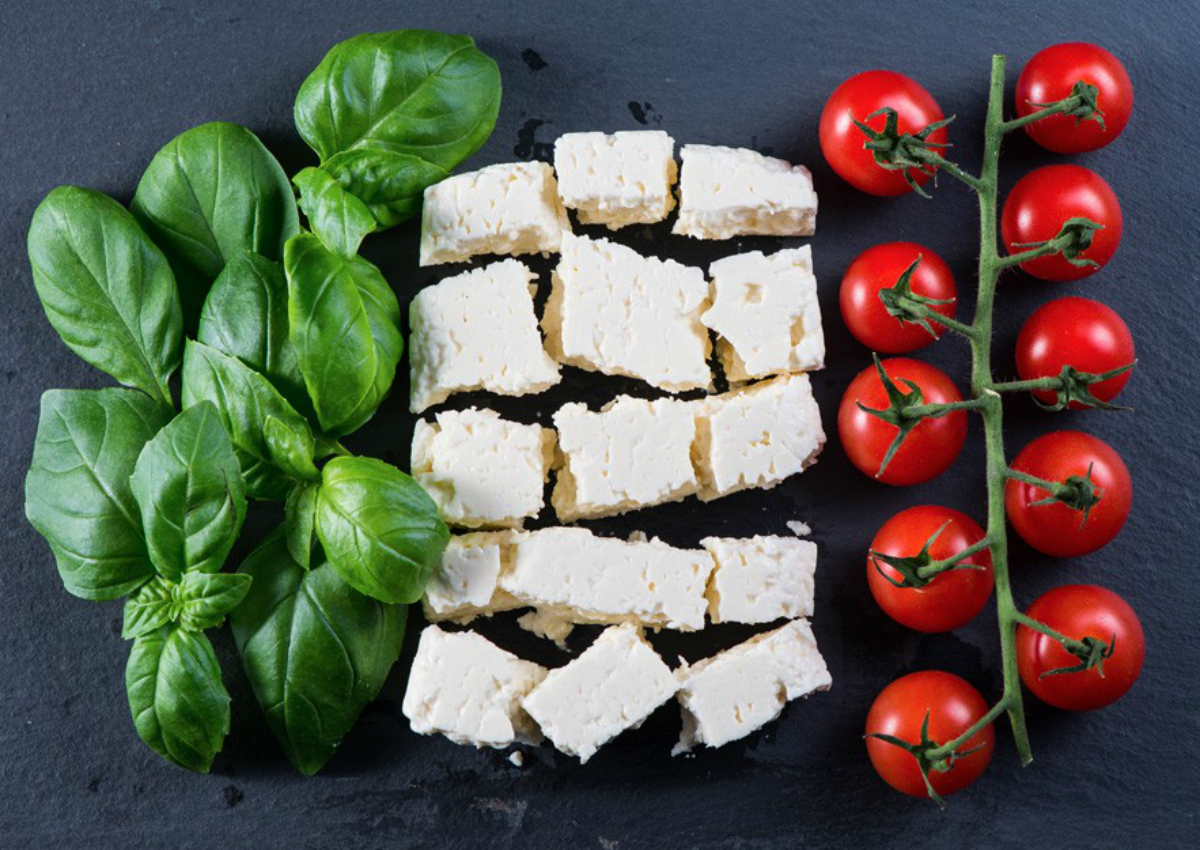
Concerning food exports, Italy’s moment of glory keeps gaining momentum. In the first three months of 2017, sales across borders have grown by 8% over the same period of 2016, reaching 7.7 billion euro as stated in Istat data. According to the chairman of Federalimentare (the association that unites all Italian food industries), the priorities are at the moment to additionally support those companies from a political angle that want to export and eliminate sanctions with Russia, which have so far forfeited 850 million minor exports, despite a growth of 45% in the first quarter of 2017 starting from a very low base.
Olives production
This year’s olive harvest in autumn may well set a new record in Italy. The first surveys on plants bear all the hallmarks for high quality record productions. Estimates predict a production that could touch a record of 550,000 tonnes of olives. This is good news for what is one of the most exported products in the world and adheres to the United States as their first worldwide shipping market. If the harvest will really be this abundant, it will be possible to meet the steadily increasing demands beyond Italian borders.
Against counterfeiting
Italy is fighting at the forefront for the suppression of counterfeit PDO and PGI products, such as Grana Padano, Balsamic Vinegar of Modena, Bufala Campana Mozzarella, only to name a few. The Consortiums of Conservation and the Central Inspectorate of Quality Assurance and Fraud Repression (Icqrf) have induced over 990 visits of outlets in nine European countries over the last two years, conducting about 5,000 checks on about 22,000 articles. Italy boasts today a leading position in monitoring online agro-viruses thanks to agreements signed by the Ministry of Agricultural Policies with the main e-commerce platforms.
Grappa
Grappa, the symbolic distillate of Italian tradition, is increasingly becoming international. Assodistil reminds us of bearing in mind that production amounted to 82,000 hectares in 2016, with exports enjoying an increase of 2%. International trading now accounts for 28.5% of the turnover of distilleries, with Germany as the confirmed main buyer, followed by Switzerland, and the Czech Republic, well ahead of France, Belgium, and Spain. The real challenge, however, is posed by the recently launched threeyear “Hello Grappa” promotion plan in the United States.
Bresaola
The performance of Bresaola della Valtellina PGI vouches for its increasing popularity with consumers even abroad, where exports are soaring. The production of the 14 registered companies associated with the Consortium of Conservation amounts to 12,700 tonnes of certified products in 2016, while exports increased by 31% compared to 2015 and now stand at 8.2% of the total amount. Exports are directed towards the European Union but strategic trade outlets also exist in Switzerland, Canada, the United Arab Emirates, Qatar, Armenia, Macedonia, Serbia, Montenegro, Lebanon, the Philippines, the Dominican Republic, and Hong Kong.
Italian food in China
China has awoken to show excellent interest in the export of Italian food products. In the first three months of 2017, Italian food sales in this big Asian country grew by 22.5% over the same period of 2016.Last year was rather disappointing for Italian exports to China, resulting in an unexpected decline of 12%, but the data for the first quarter of 2017 cherish the hope for the rapid recovery of the export trend. Growth in the United States amounted to 6.8% at the beginning of 2017.
Citrus and China
China has granted the import of Italian citrus fruits. Thus, they can be exported to the big Asian country from the coming commercial campaign onwards. This was announced by the Italian Ministry of Agricultural Policies, underlining the importance of the opportunity arising from this possibility. In 2016, Italy exported agri-food products to China amounting to 391 million euro while spending 638 million euro in imports. The release of Italian citrus fruits should help to readjust this situation.
